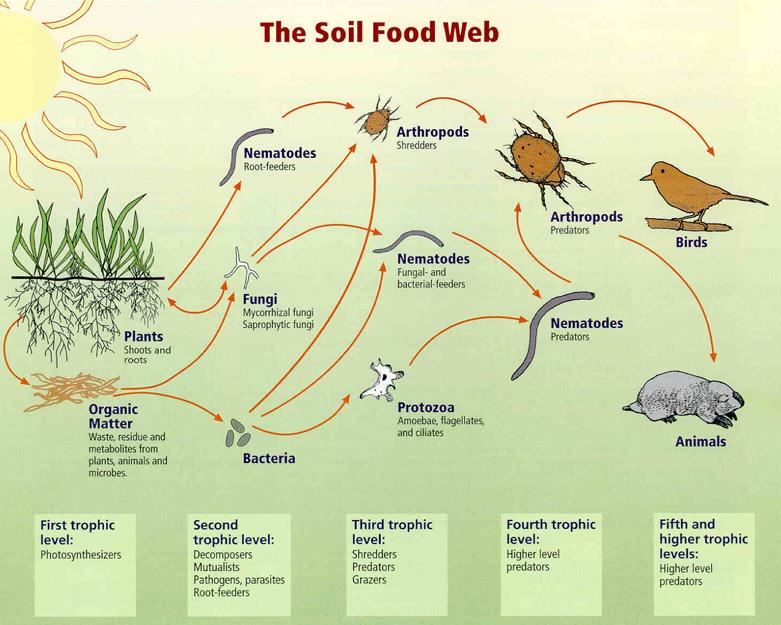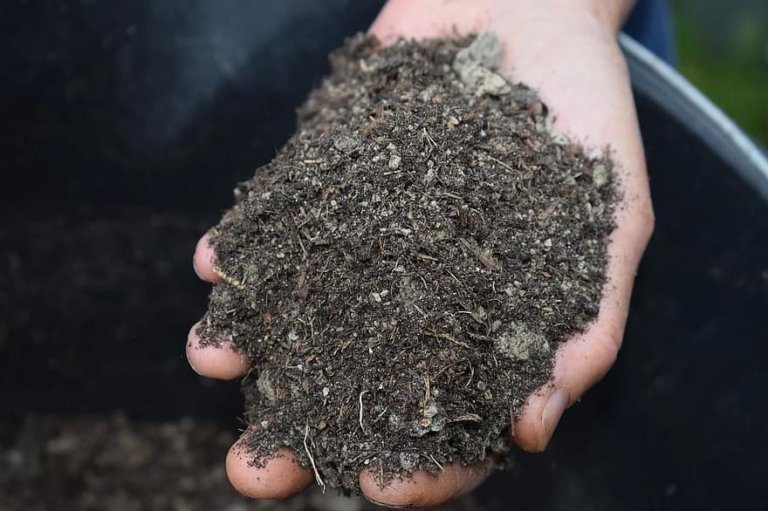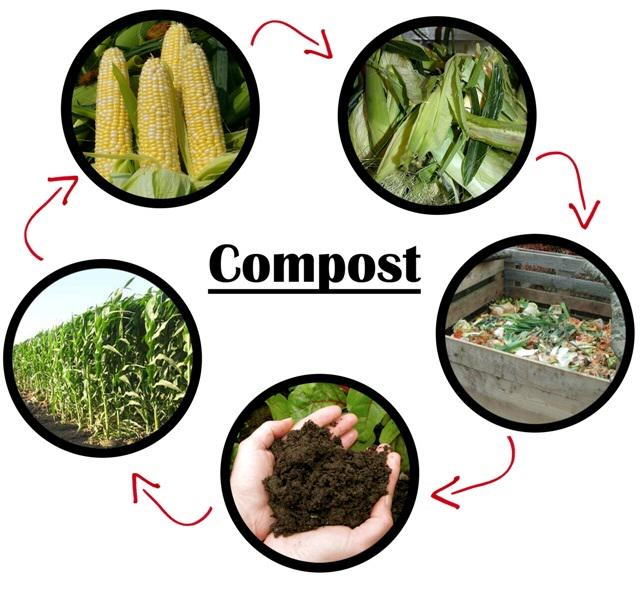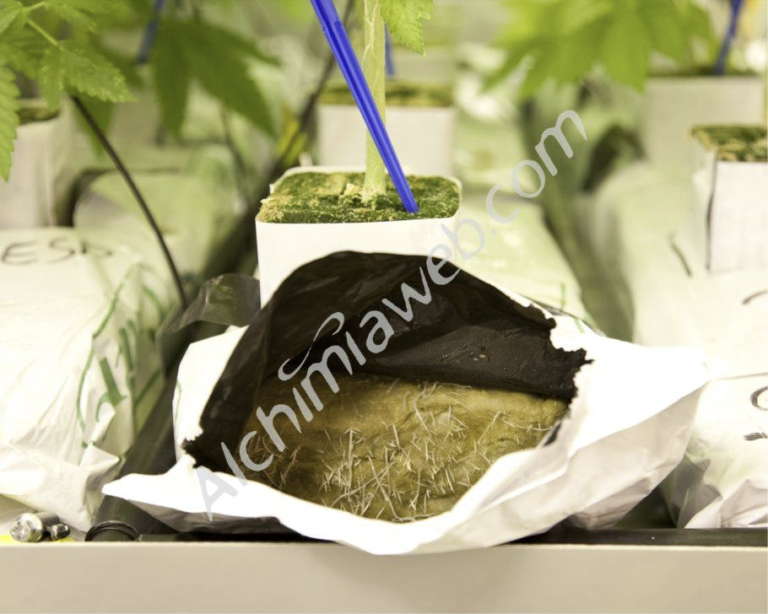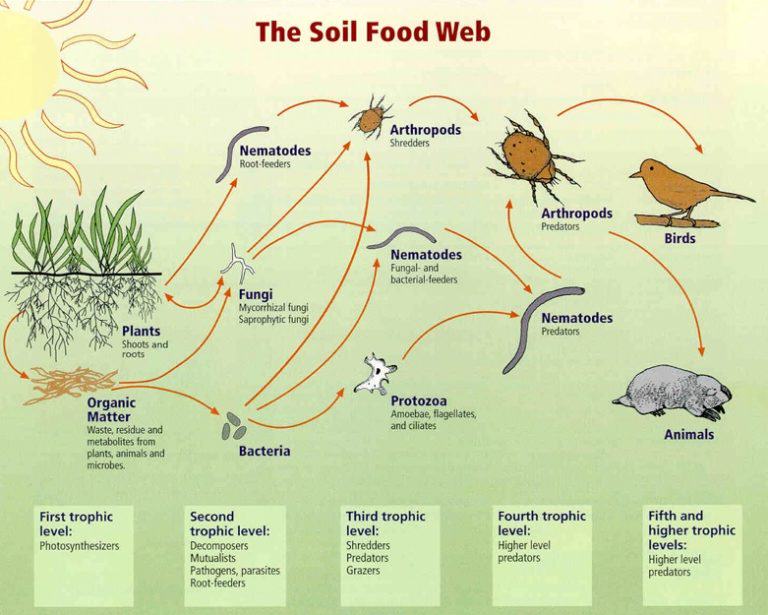Compost Tea in the Cannabis Garden
List of contents
Recently, the demand for organically-cultivated cannabis has increased enormously as consumers become more health-conscious and environmentally aware, with products labelled as "no-till","probiotic" or "living soil" fetching premium prices in California dispensaries for their superior flavour. As a result, the cannabis scene has also seen a growth in natural gardening methods and the sale of eco-friendly fertilisers and supplements. The use of compost tea in cannabis gardens has become very popular as growers move away from mineral or salt-based cultivation towards organic gardening methods. With its high content in beneficial microbes alongside soluble macro and micronutrients, compost tea is the perfect, natural way to boost plant and soil health and optimise the uptake, retention and cycling of nutrients.
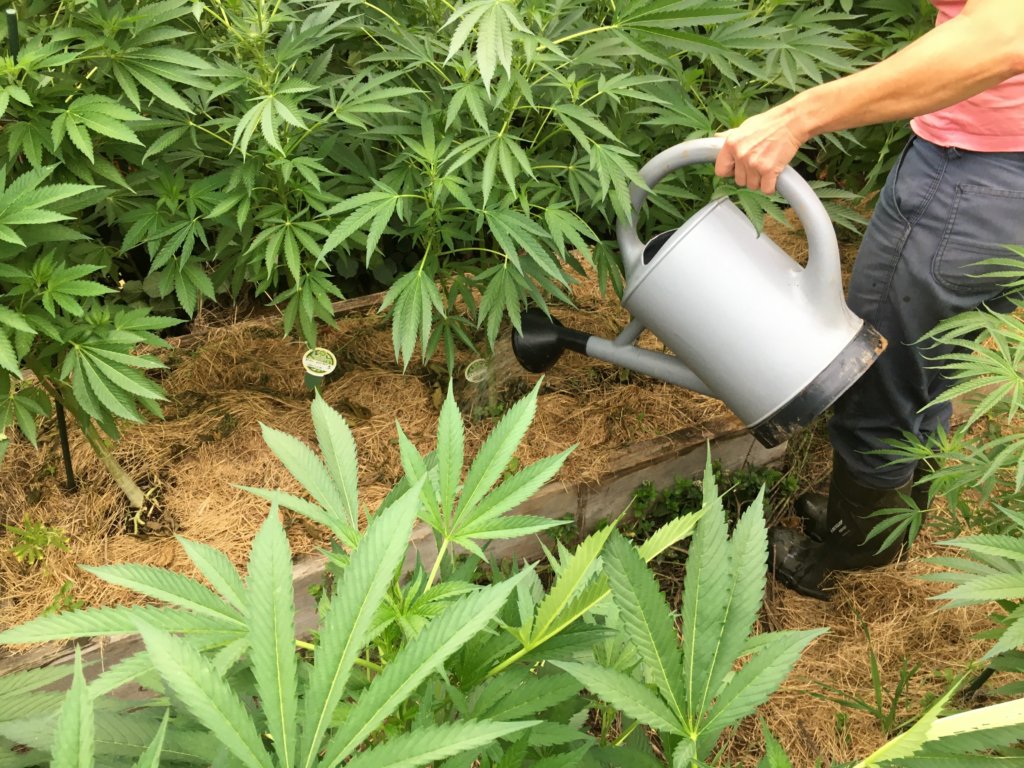
The idea of making a liquid solution with compost or manure is not a new one, and agricultural historians have found evidence of compost tea brewing as far back as early Roman, Greek and Egyptian times. However, it wasn't until the late 1990s that the use of compost tea started to become commonplace in organic gardens, largely thanks to Elaine Ingham's work studying the Soil Food Web. The research and development of these organic cultivation techniques have progressed greatly and nowadays compost tea has evolved into something between an art and a science, with artisanal methods and microscopy working hand-in-hand to perfect the brewing of beneficial microbes for gardening.
This increased popularity has meant that these days there is a multitude of methods and recipes for growers to choose from, both in books and online, as well as some confusion and misinformation about what exactly constitutes a compost tea. In this post we'll explain the differences between the various types of compost teas we can make, outlining the benefits of each, alongside techniques to help you supercharge your organic cannabis garden with beneficial microbes and avoid some of the most common mistakes.
What is compost tea?
We can define compost tea as a liquid plant supplement brewed with worm compost and water. To be more specific, here we're talking about what is known as AACT or Actively Aerated Compost Tea. When properly made with good-quality ingredients, it should be rich in highly beneficial microbes, such as bacteria, fungi, protozoa, nematodes and microarthropods, as well as all the soluble micro and macronutrients, minerals and desirable compounds that the compost contains, for example, humic and fulvic acids.
While regular liquid fertilisers are designed to provide our plants with nutrition, compost tea differs in that its primary function is to deliver beneficial microbial life to the soil, where these microbes can colonise the root zone of the plants (and also the upper parts of the plant, if used as a foliar application), with its nutritional benefits playing a supporting role, albeit a considerable one.
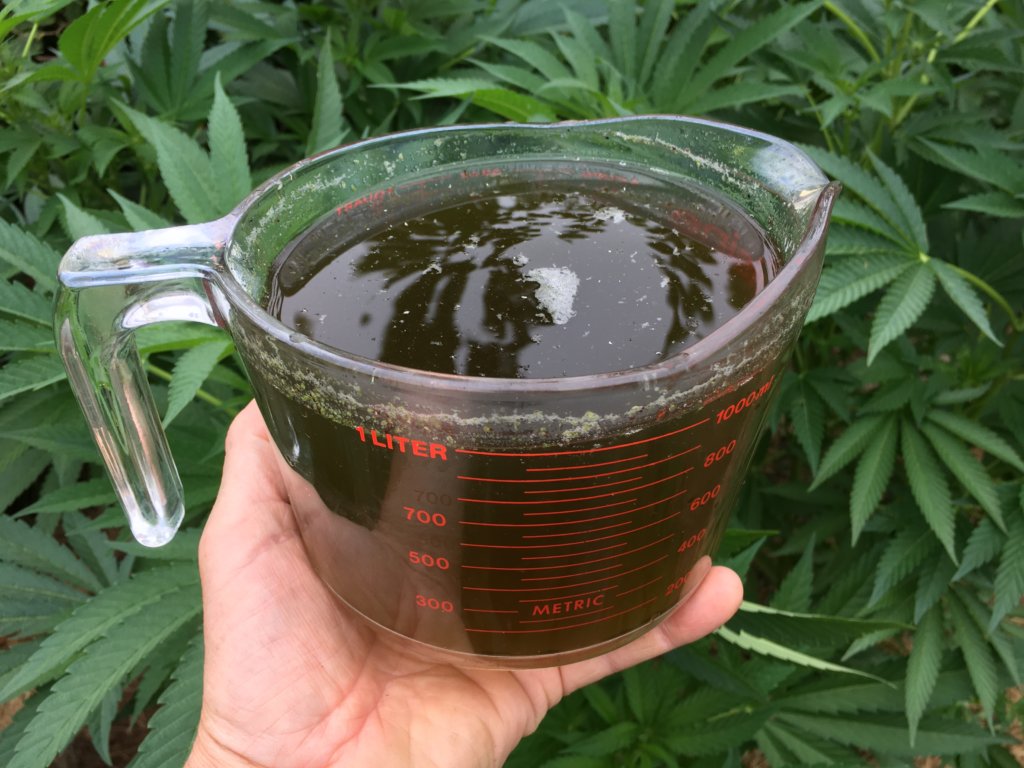
What is not compost tea?
For years, gardeners have made liquid plant food by steeping a mesh bag holding some compost or manure in a bucket of water, and while this method is pretty much the same as making a pot of tea to drink, it can't be considered a true compost tea because the process is completely anaerobic. The same applies to any liquid preparation that has been left to soak, stew or seep without aeration.
For example, steeping well-rotted animal manure in water can result in a good homemade liquid fertiliser, but if instead of manure we use compost, this aeration-free method will mean that all the beneficial microbial life the compost contained will die out, leaving only the remaining micro and macronutrients to be of any benefit to the garden. This is because without oxygen the aerobic microbes in the compost will die out and anaerobic decomposition will take over. While anaerobic and fermented infusions have their place in the gardener's arsenal of natural products, they differ from AACT in that they lack most of the beneficial organisms we're looking for.
Another thing often confused with compost tea is the dark, viscous liquid that seeps out at the base of a compost heap. This is known as compost leachate and while it can be very rich in soluble nutrients, the microbial life will be minimal, meaning it is definitely not a compost tea and is only really useful as plant fertiliser. In some cases, leachate may even contain toxic compounds or pathogens that have not been fully broken down by the composting process, so use with the utmost care. As a rough guide, good leachate should be brown and odourless, any liquid with a yellow colour and an acidic or fruity smell should not be used on plants.
Why use compost tea?
As we've already mentioned above, when we irrigate our garden with compost tea we are inoculating the substrate with beneficial microbial life so it can form a symbiotic relationship with the roots. This interaction not only works to combat plant pathogens but, most importantly, stimulates plant growth by converting nutrients in the soil into a bio-available form, thus massively expanding the plant's capacity to feed. This is a give-and-take relationship that sees the microbes feeding on sugars exuded by the roots (aka exudates) in exchange for offering the plants increased access to the nutrients locked in the soil.
The beneficial microbes in compost tea also play an important part in improving soil structure, increasing aeration and water retention by loosening clay soils, and boosting nutrient retention in sandy soils. While some bacteria and fungi form close relationships with the roots, other beneficial organisms are more concerned with nutrient cycling in the soil, working to accelerate the breakdown of organic waste matter, keeping the substrate healthy and vibrant throughout the entire crop. You can read more about these interactions in our blog post dealing with the Soil Food Web:
Soil Food Web Gardening
Sadly, many times growers don't know what is happening below the ground. Bacteria, fungi, nematodes, protozoa, arthropods, earthworms...all of them are creating a perfect environment for the roots of our plants, and taking profit from it is a wise decision by the farmer. In this post we tell you more about Soil Food Web gardening, a technique which is increasingly used worldwide.
Compost tea has also shown some effectiveness in boosting plant health when sprayed on the leaves, where it acts as a mild foliar feed and helps to suppress leaf pathogens, for example, fungal infections like powdery mildew and botrytis. The beneficial microbes won't survive for very long on the leaf surface, they will die quickly in strong light and get washed into the soil if it rains, but there's no risk of overdosing so repeated foliar applications pose no problem for the plants, in fact, it's quite the contrary! Many experts recommend using a low-pressure sprayer to avoid harming the microbes, as well as a relatively coarse spraying nozzle to allow the microbes to pass through easily.
When can we use compost tea?
We can apply compost tea to our garden in every irrigation if we like. Because it has a relatively low nutrient content, it's very difficult indeed to overdose and "burn" the plants through excess fertilisation. In practice, there's really no need to be quite so frequent with it though, and if we want to minimise our effort while optimising our grow, then the best plan would be to apply compost tea in the first week of the plant's life, to establish the beneficial microbes in the soil right from the start. After this initial inoculation, we can do a top-up compost tea application every couple of weeks, and also after every transplant we make. This will help us to maintain a healthy and vibrant population of beneficial organisms throughout the entire cultivation.
How do I make Compost Tea?
Brewing compost tea can be as easy or as complicated as we want to make it, and the method we decide to use will mostly depend on the materials and time we have at our disposal. At the very rudimentary end of the scale, it could be as simple a handful of good quality worm humus vigorously stirred into a bucket of water and tipped over the soil. At the other end of the compost tea spectrum, we have complex and carefully formulated recipes using a plethora of exotic ingredients which are then carefully aerated in water under controlled conditions until the microbial balance is perfect. However, making a basic yet effective aerated compost tea is an easy process that anyone with a bucket and an air pump can do with success at home, by just following a few simple steps and hygiene rules. Read on and we'll tell you how.
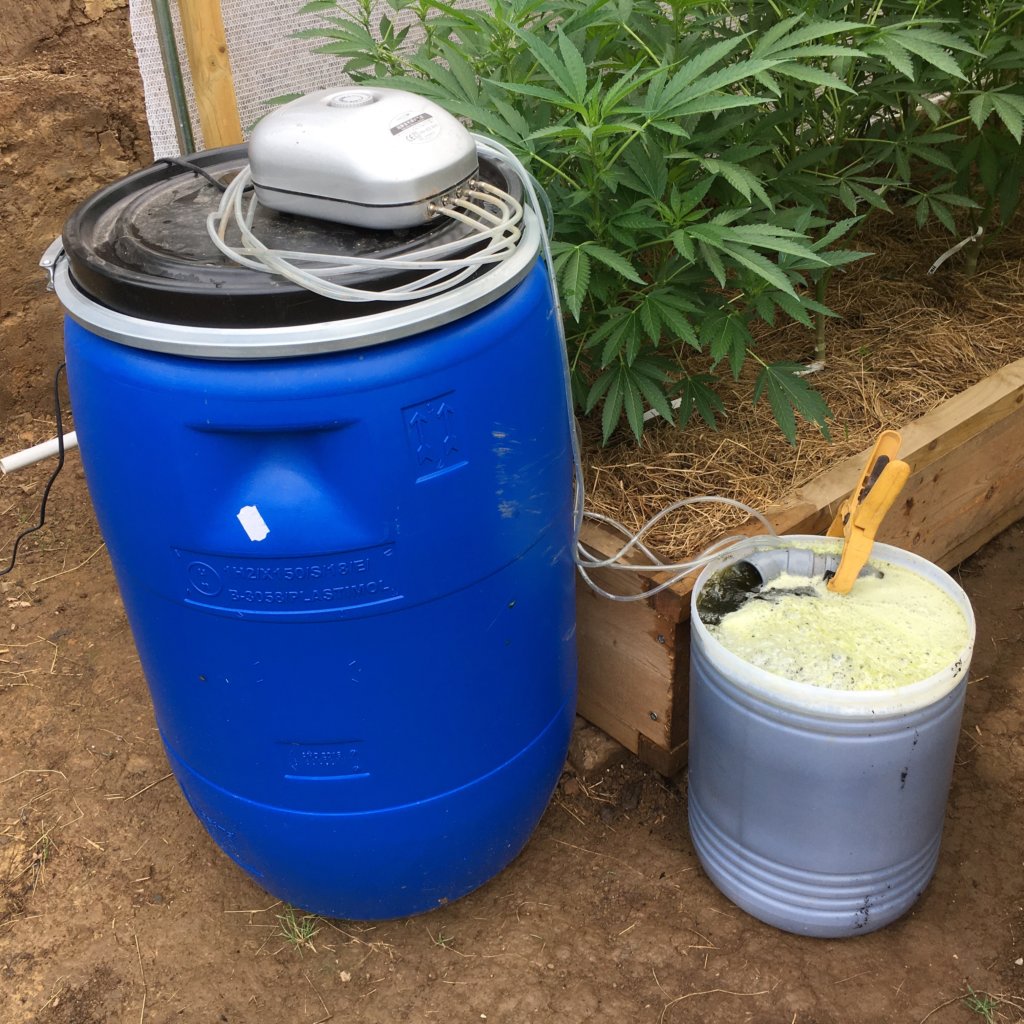
AACT or Actively Aerated Compost Tea
As we've mentioned, the idea is to provide the perfect conditions for rapid and vigorous reproduction of the beneficial microbes by "brewing" a mixture of compost and water over a period of time, effectively "farming" the microbial life to increase its numbers.
To do this properly, we must control the various factors that influence microbial life, so we oxygenate the compost tea with an air pump, whilst maintaining the water temperature between 15-26ºC, and add a food source for the microbes, normally blackstrap molasses, and then as a general rule, the mixture is aerated for anything from 12 to 48 hours. When deemed ready it is diluted in more water, anything from 1:10 to 1:16 parts.
What you'll need:
- A 20-litre/5-gallon bucket
- Air pump, air stones and flexible tubing
- Water heater (if necessary)
- Worm compost
- Molasses
- Clean water
Note: all these items are supplied together in the Terralba Active Aerated Compost Tea Kit as described below in the section dealing with "Multi-part AACT kits".
What to do:
- First of all, we connect the air stones to the pump using flexible plastic tubing, placing the air stones at the bottom of the 5-gallon bucket.
- Fill the bucket about 85% full with fresh water. This leaves some room at the top to avoid any bubbles or splashes spilling over and dirtying the floor.
- Check the temperature of the water. If you need to use a water heater then now is the time to put it in the bucket and turn it on. Do not turn the heater on until it is fully immersed in water.
- Activate the air pump and allow the water to oxygenate while it warms up to between 15-26ºC.
- With the water at the correct temperature, add the molasses. A good tip is to mix the molasses with a little warm water before adding to the bucket, this ensures that the heavier, more viscous molasses will blend well, rather than sinking to the bottom and staying there.
- Next, add the worm compost. This can be added loose or put into a mesh bag first to make it less messy.
- Now the ingredients have been added to the bubbling water it's simply a case of waiting for anything from 12-48 hours, depending mostly on the temperature. At lower temperatures, the microbes will multiply more slowly and the tea will need to brew for a slightly longer period of time.
- Once ready, drain and filter the compost tea before using.
- Once we stop bubbling the brew, the microbes will stop multiplying, progressively reducing the effectivity of the tea as time passes. Experts suggest that without aeration most of the beneficial microbes will be dead within 4-6 hours, so it's important to use compost tea as soon as possible after brewing to get the maximum efficiency and effectivity.
- IMPORTANT! Once you've finished, it's vital to thoroughly clean and disinfect the bucket, air tubing and air stones to ensure that future brewing can take place without microbial contamination. We recommend using Hydrogen Peroxide or a weak bleach solution (2 tbsp bleach in 1-litre water). Allow everything to dry properly before storing.
A Note About Water Quality
The quality of the water we use is important. It must be fresh and clean and, because of the probiotic nature of compost tea, free of any chlorine. Municipal tap water treated with chlorine or chloramine will inhibit microbial growth and possibly kill the beneficial microbes, thereby defeating the object entirely! If you don't have access to rainwater, spring water or any other natural water source, then use water that has passed through a filter designed to remove chlorine or a Reverse Osmosis system. Alternatively, to remove chlorine we can aerate the water with an air pump and air stones so it off-gasses before we add any compost. This can take anything from four to 24 hours, depending on conditions and the levels of chlorine in the water. Your local authority should be able to provide you with information on water treatment, if not, home-tests are available.
Alternative compost tea methods
1. Quick & easy "cheat" compost tea.
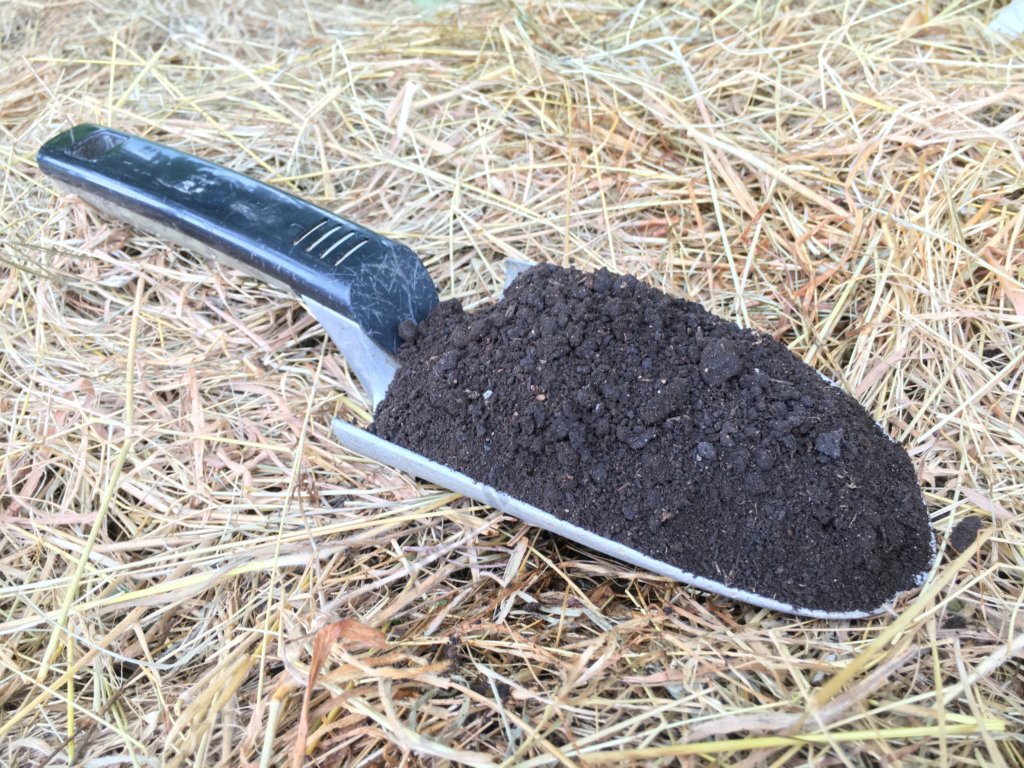
While it's not strictly speaking AACT, this is a fast, easy and economical way to add beneficial microbes and nutrients to your soil. Simply take a handful of good quality worm compost and stir it vigorously into clean water before irrigating your plants directly with it. It's a good idea to strain it to avoid clogging the watering can, and filtering is essential if you plan to use it as a foliar spray (I use an old Iceolator bag but a pair of tights or a t-shirt will do).
What this rudimentary method does is to take all the microbes and soluble nutrients contained in the compost and dilute them so they can be evenly applied to the substrate and washed down to the root zone. The more vigorously we stir, the more microbial life we will dislodge from the compost and into the solution. You could even use an electric drill with a paint mixer attachment to whip it up really well, distributing the microbes as much as possible within the water. If we add some kelp meal to this compost tea we'll have a great natural plant booster containing phytohormones as well as beneficial bacteria and fungi, ready in seconds.
2. Powdered AACT (Activated Aerated Compost Tea)
Compost tea blends in dried form are often tailored for use in either the growth period, the flowering phase, such as Bio Tabs PK Booster Compost Tea, or suitable for both veg and bloom. These conveniently packaged granules or powders are perfect for organic growers who like to keep things clean and simple, and who want to use a standardised, pre-formulated product in their nutrient schedule, allowing them to gauge nutrient levels with some accuracy, rather than "flying blind" which is essentially the case when using worm compost.
It's really quick to prepare these compost teas, and while each one has easy-to-follow manufacturer's instructions, the technique is relatively simple and varies little. Just bubble some water in a bucket with an air stone and pump, keeping it at a temperature between 18-24ºC (depending in the manufacturer's recommendations), add the recommended amount of powdered or granulated compost tea mix and then leave it to aerate for anything from 12 to 36 hours, according to the instructions.
3. Multi-part AACT Kits
If you'd like to get a bit deeper into compost tea brewing then these ready-made kits are the ideal way to go. Products like the Terralba Activated Aerated Compost (AACT) Tea Kit are supplied with everything that you need to brew your own high-quality compost tea (except the water, you'll have to provide that yourself!).

The full kit contains: a brewing bucket with a tap and specially designed lid, an air pump with tubing and diffusor for bubbling the tea, and a filter "teabag" to hold the compost throughout the brewing process. It also comes with the ingredients to make a standard compost tea, namely earthworm compost and blackstrap molasses. If we want to tailor our tea for a particular phase of the plant's life, we can add further ingredients to this base mix, such as alfalfa, nettle, comfrey, spirulina, kelp, biochar or green clay, depending on our requirements. Terralba also produces compost tea ingredient packs specifically formulated for both the vegetative growth and the bloom stage of cannabis cultivation, meaning that high-quality, made-to-measure compost teas are within the reach of all home growers.
What can go wrong with compost tea?
As long as you keep things nice and simple, there's really very little that can go amiss with a compost tea, providing you start with high-quality materials and follow the instructions conscientiously. Using poor quality compost in your recipe will lead to ineffective compost tea, with a low or null microbe count, and including un-composted manures or guanos can mean the proliferation of the wrong type of microbes, and even pathogens that could be potentially harmful to our health.
The temperature is another potential stumbling block, because if the water isn't warm enough then the microbes will slow down their reproduction and possibly even stop entirely. However, they won't die and once the proper temperature is restored they will begin to grow in numbers again. In contrast, if the water gets too warm it will kill the microbes outright, reducing the microbe count to zero.
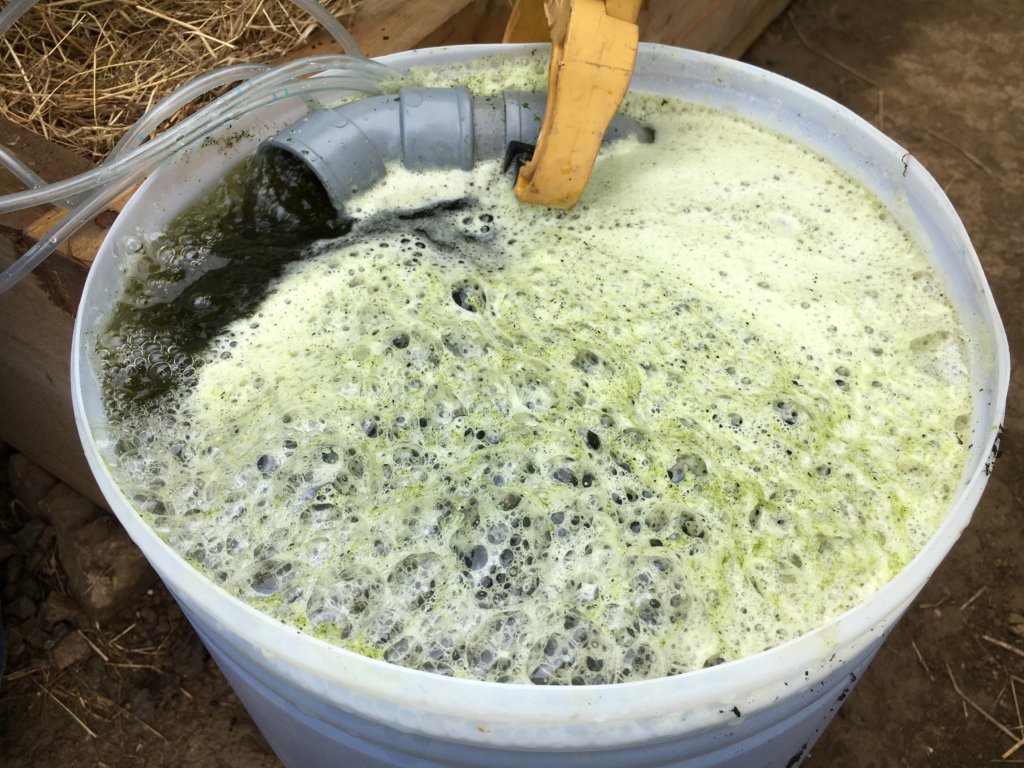
Likewise, brewing the tea for too long can mean that microbe populations reach and then pass their peak, as the bacteria and fungi die naturally or are consumed by other, larger organisms such as nematodes and protozoa, meaning that we don't get the beneficial microbes that we need to inoculate the substrate.
We hope that you've found this article of interest and that it's inspired you to try brewing your own compost tea to boost the health and vitality of your cannabis plants. We'd love to hear from you in the comments if you've any doubts or even to tell us about your own compost tea recipes!
Happy growing!
Literature consulted:
- The Compost Tea Brewing Manual (Fifth Edition)- Elaine Ingham
- Compost Tea Quality and Fertility. Eudoxie, Gaius & Martin, Micah.
- An Overview of the Benefits of Compost tea on Plant and Soil Structure. Shaban, Hatam & Fazeli-nasab, Bahman.

















































